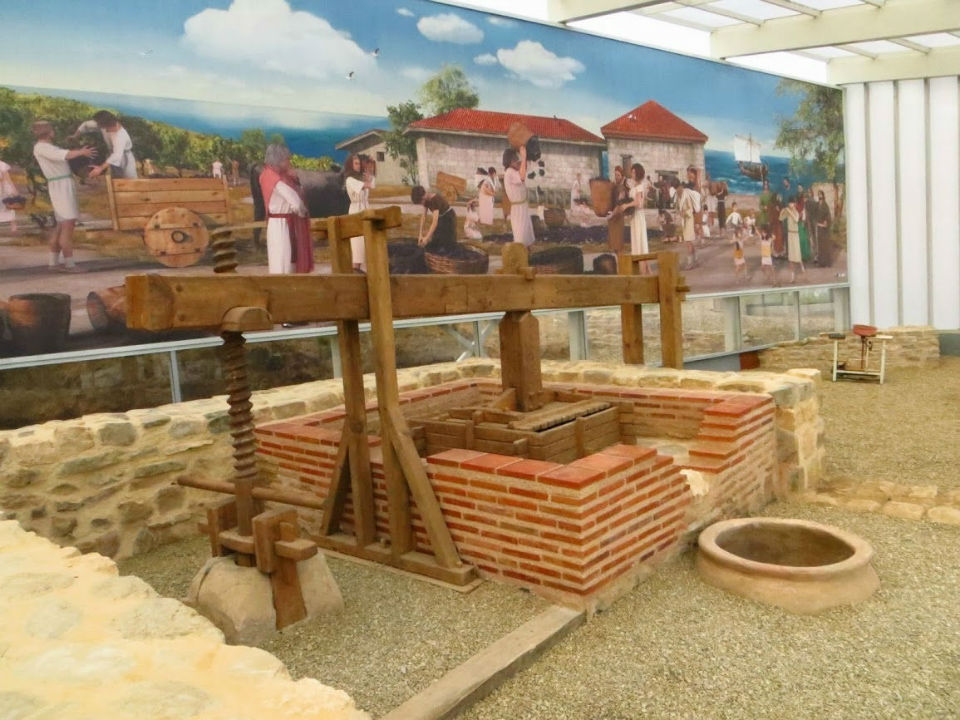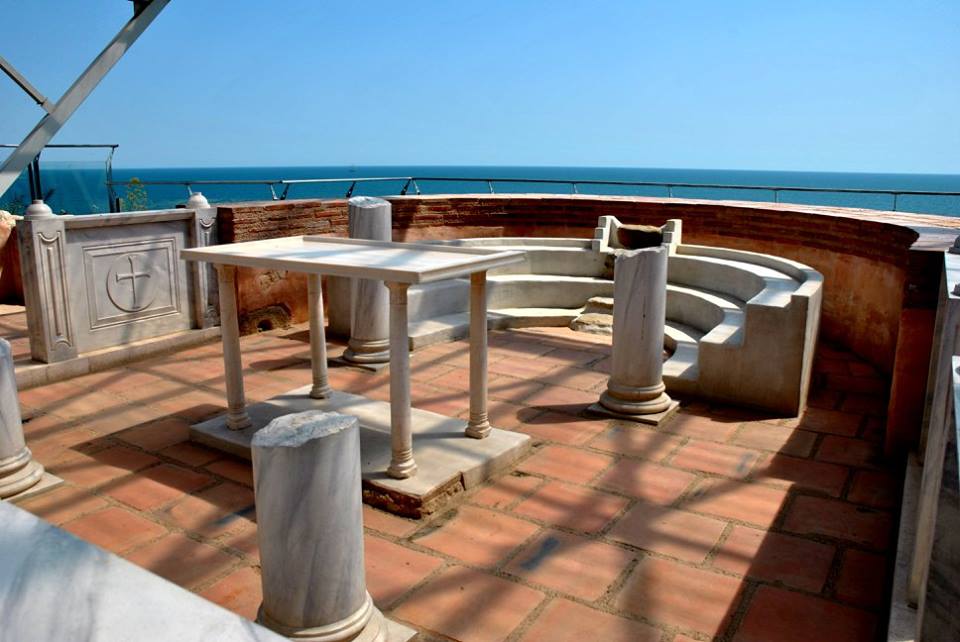The ancient fortress at cape St. Atanas
Gallery
The ancient fortress at cape St. Atanas was chosen as the best tourist attraction in Bulgaria for 2017!
It is open for visitors since May, 2014. It is among the most interesting archaeological sites at the Bulgarian Black Sea coast with a magnificent view towards a sea bay.
People have populated this place throughout different historical periods - from VI th century BC to the beginning of VII century AD. A Thracian cult centre has been explored partially (VI century BC- I century AD) as well as a sanctuary of the mythical hero half - god Heracles (II-III century AD.)
Situated on the edge of a rock, the fortress can also be described as a small harbour town. Over 1000 people had lived in the fortress with its area of 8.65 acres. The fortification line comprised of a stone fortification wall and a ditch in front of it. A small public bathroom, which was built in the beginning of the 5 th century is presented and studied. There are also three wineries and that is a proof that vine growing as well as wine production were some of the main enterprises of the population in the Ancient times which continue today. In the best preserved winery one can spot a wooden sort of an ancient tool for smashing grapes, the so called Greek press. More than thirty stone-built houses have been explored - residences, manufactories, warehouses, shops, drinking establishments. The main street starts from the fortress entrance and leads to the basilica and the lighthouse.
The early Christian complex includes a basilica, the high priest’s residence, baptismals, a storage for gifts and a well with a holy water. Part of the basilica has been restored - the naos floor covered in ceramic slabs, the altar barrier with colons and an altar table. The altar apse is positioned eastwards and reaches the brink of the rock. Alongside the altar apse’s wall is the synthronon - amphitheatrically situated steps typical of the early Christian bishop churches. In the middle of the synthronon is the Bishop’s throne.
The fortress has gone through several natural cataclysms as well as barbarian invasions. However, it had been restored after that but it was burned and abandoned during the Avar-Slav invasion in 614. In the city of Byala museum are displayed highly valued artifacts that were found during the archeological excavations at the fortress site.



















